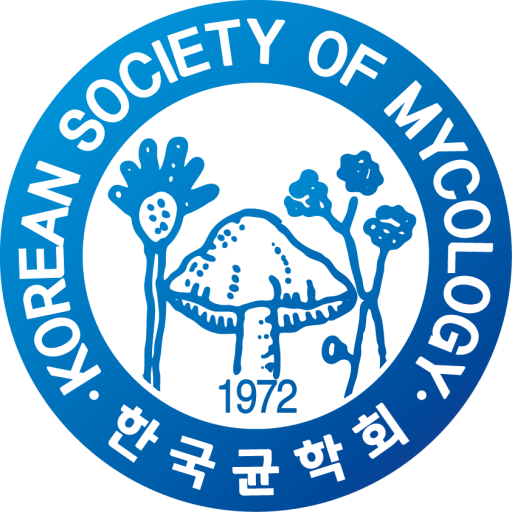Identification Of Entomopathogenic Fungi Isolated From Whiteflies And Weevils In Korea
Minjeong Kim1, Daol Lee1, Bogyeom Yoon1, Hyeonseo Jeon1, Jung Beom Yoon2 and Chang-Gi Back1*
1Department of Environmental Horticulture, Dankook University, Cheonan, 31116, Republc of Korea
2Horticultural and Herbal Crop Environment Division, National Institute of Horticultural and Herbal Science, RDA, Wanju 55365, Korea
*Email : plantdoctor@dankook.ac.kr
Whiteflies (Trialeurodes vaporariorum) and weevils (Aclees taiwanensis) are major pests that cause persistent problems in greenhouse cultivation and storage environments in Korea.
As eco-friendly alternatives to chemical pesticides, entomopathogenic fungi are being actively explored.
The objective of this study was to isolate fungi associated with these pests and provide baseline molecular identifications to support future biopesticide development.
For this purpose, whiteflies and weevils were collected in Jeonju-si, Korea, and fungi were isolated from the insects’ external surfaces after surface washing.
The isolates were cultured on potato dextrose agar (PDA) at 25°C for 7 days and were identified by sequencing the internal transcribed spacer (ITS) region.
As a result, three isolates of Clonostachys sp., two of Beauveria sp., and three of Cordyceps sp. were identified.
In particular, the isolation of indigenous isolates from the genera Beauveria and Cordyceps, which are well-known for their entomopathogenic properties,
is expected to provide essential foundational data for the development of biological control agents from indigenous fungal resources in Korea.

 English
English